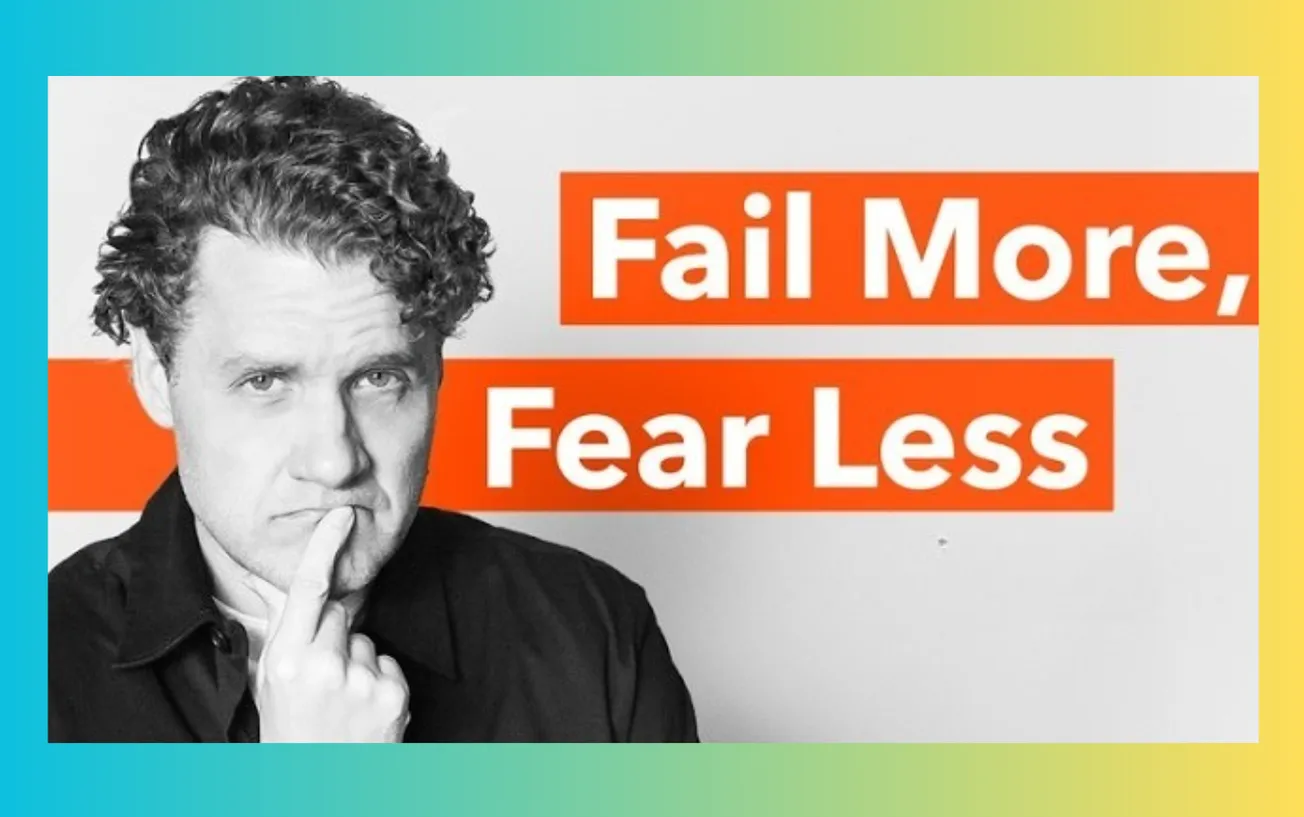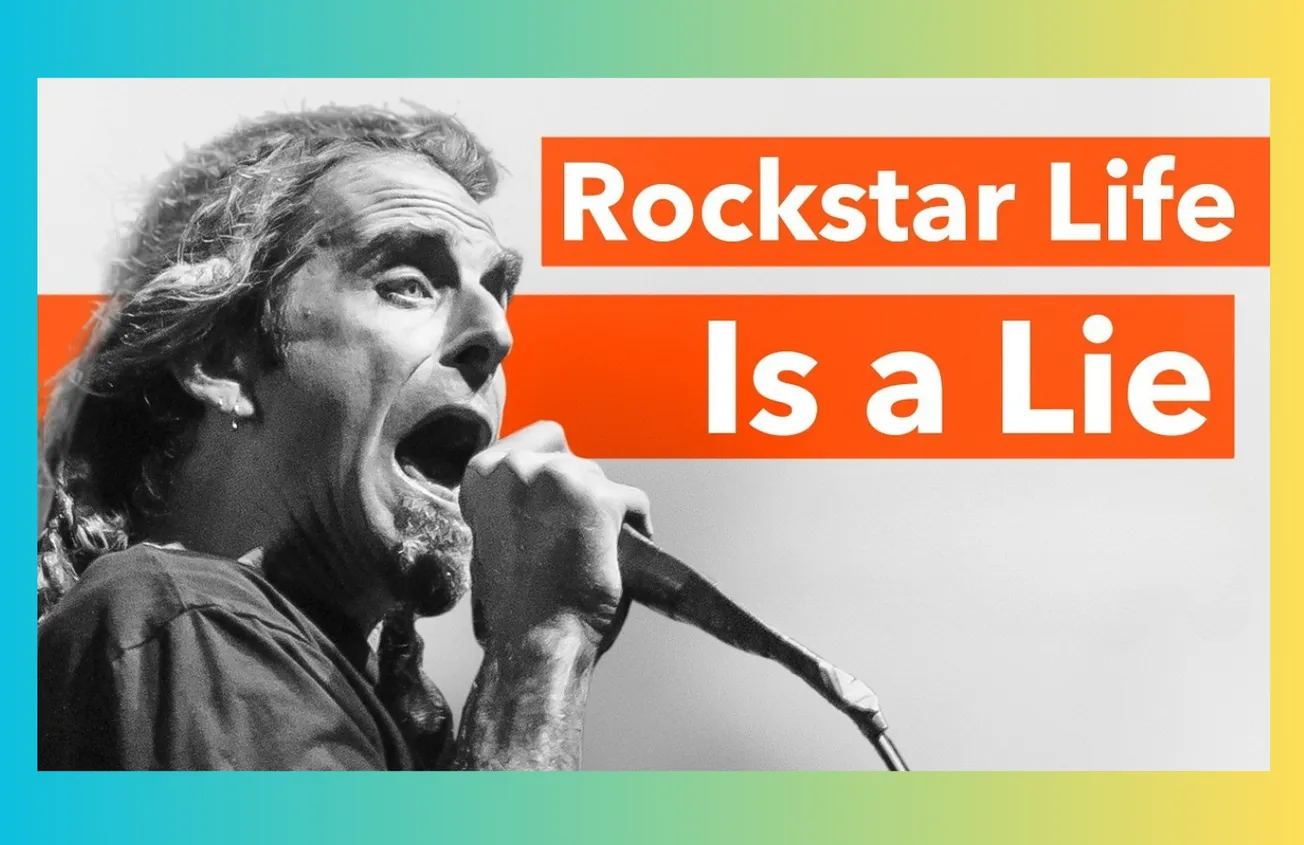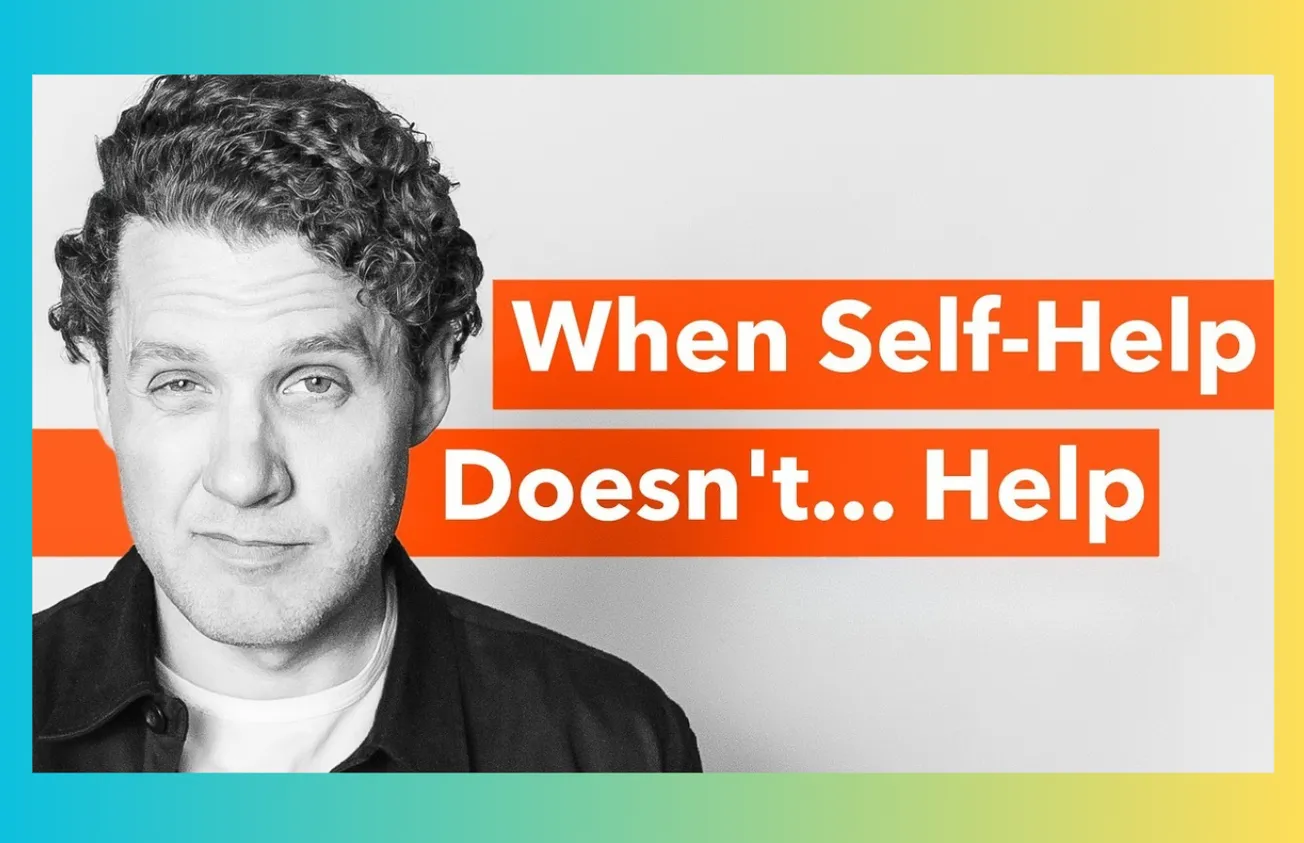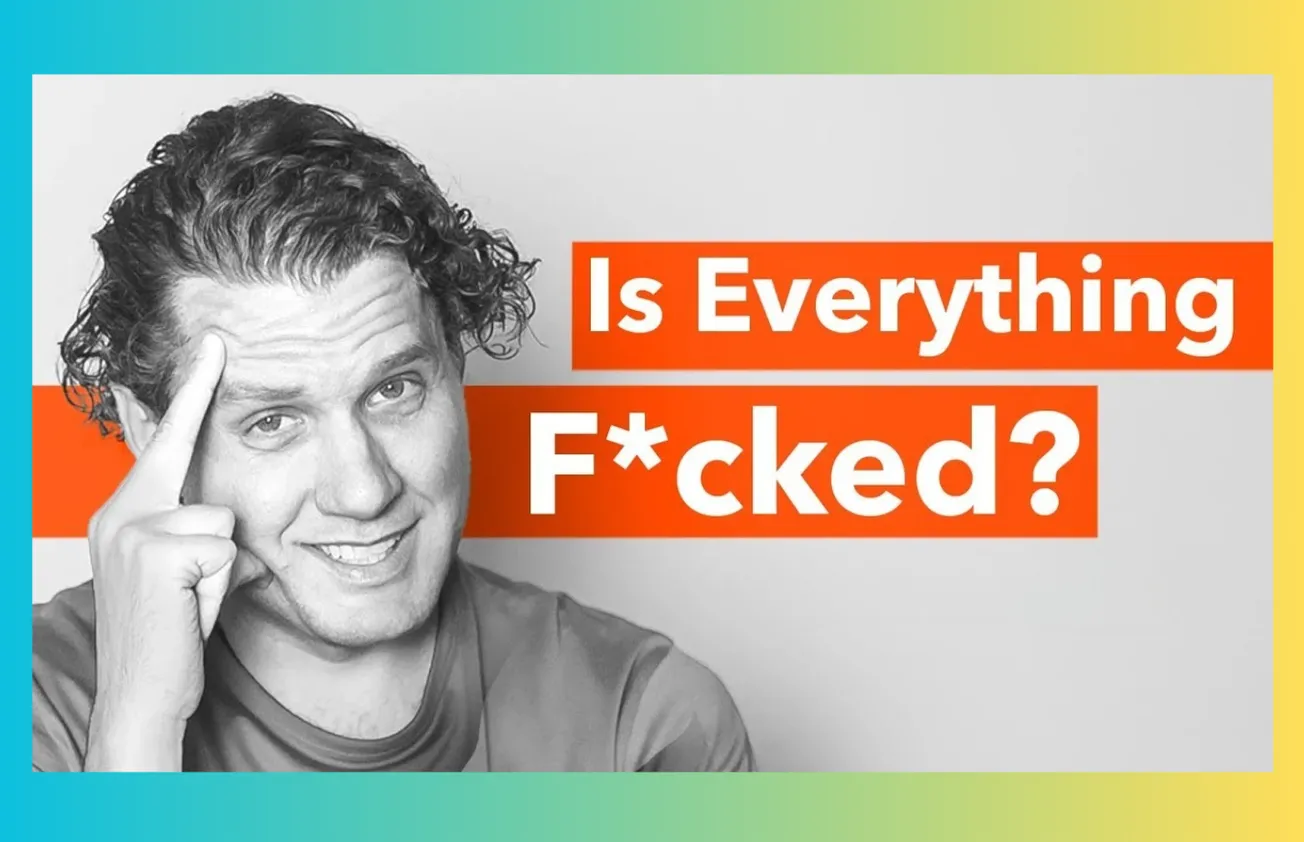Table of Contents
Fear of failure isn't the real enemy—it's our obsession with others' judgment. Embracing failure can unlock creativity, confidence, and better life decisions.
Key Takeaways
- Fear of failure stems more from social judgment than personal loss—what we dread is embarrassment, not actual harm.
- Most people are too self-absorbed to care about your missteps—the spotlight effect is mostly an illusion.
- Cringe is a signal you’ve grown. If you don’t cringe at your past, you may not be evolving.
- Confidence is built by acting through fear, not waiting for it to disappear.
- Five methods—exposure, orthogonal practice, altitude training, gamification, and identity work—can systematically reduce fear.
- Boredom, when harnessed intentionally, boosts creativity by clearing cognitive noise.
- Creative block isn’t lack of talent—it’s often too much input and too little reflection.
- Trading up problems is how humans grow. Don’t aim for no problems—aim for better ones.
- Growth doesn’t look graceful. It looks like stumbling forward anyway.
The Real Source of Fear: Not Failure, But Witnesses
- When people say they fear failure, they usually mean they fear being seen failing. The emotional pain often isn’t from the result—but from the imagined audience.
- Social media and our hyperconnected lives have intensified this illusion. We assume everyone is watching. But here’s the truth: they aren’t.
- This is called the spotlight effect—a psychological bias where we think we’re the center of attention more than we actually are. The reality? Most people are busy worrying about themselves.
- The judgment we fear most often comes from people whose opinions shouldn't matter. As one speaker put it, “Don’t take criticism from someone you wouldn’t go to for advice.”
- If fear of being watched is paralyzing, ask: Who exactly am I afraid of? And: Do they really matter to the person I want to become?
- Failing alone doesn’t scar us—being laughed at does. That’s why public speaking outranks death in some surveys.
- But even in the harshest feedback, there’s often projection. People most vocal in their judgment are frequently those who’ve never dared to try.
Cringe Isn’t a Curse—It’s a Clue That You’ve Grown
- One of the boldest reframes in the conversation was this: Cringe is evidence of progress. You cringe because you’ve outgrown a previous version of yourself.
- If you look back on past work, habits, or beliefs and feel secondhand embarrassment—congratulations. You’re evolving. That’s what it means to stretch.
- As one creator reflected: “My early podcast episodes were cringey. But I’m glad they exist—it means I started.” The alternative is staying stuck in ‘draft mode’ forever.
- Confidence doesn’t come from perfection. It comes from surviving the awkwardness. From knowing: “I’ve been bad at things and lived.”
- The phrase “freedom to be misunderstood” came up multiple times. It’s a mental unlock. Not everyone has to get you. Letting go of total clarity invites real confidence.
- Trying new things means you’ll get it wrong at first. Whether that’s a new job, a business idea, or speaking up—you have to look foolish before you look competent.
- Growth is asymmetrical. It looks like doing something badly, again and again, until one day it clicks—and then people say you’re “naturally talented.”
Five Proven Tactics to Reduce Fear and Rebuild Courage
- Exposure Therapy: Start small. Ask a question in a group chat. Post a photo without editing it to death. Text someone first. Small steps widen your fear threshold.
- Orthogonal Practice: Practice related-but-less-scary skills. Want to perform on stage? Start with karaoke. Want to write a book? Start a thread. Mastering adjacent discomfort builds transferable courage.
- Altitude Training: Do something wildly outside your comfort zone once. Go on a silent retreat. Take a freezing cold shower. After that, smaller fears shrink.
- Gamification: Make discomfort fun. Count rejections. Celebrate awkwardness. Use fear as a point system. One guest even shared how they and friends would rate each other’s “cringe score” after public stumbles.
- Identity Shifts: Instead of saying “I’m scared of pitching ideas,” say “I’m the type of person who learns through action.” Identity-based framing sticks because it’s self-perpetuating.
- The power of these tactics isn’t just in the theory. It’s that they give you reps. Fear is like a muscle—it gets weaker with use.
- Every time you act through fear, you earn internal proof that you can survive it. The long game isn’t eliminating fear—it’s learning to carry it.
The Unexpected Role of Boredom in Creative Thinking
- Boredom isn’t your enemy—it’s your brain’s reset button. In moments of stillness, the mind begins to wander. That wandering is the birthplace of divergent ideas.
- Psychologists distinguish state boredom (temporary, situational) from trait boredom (chronic disinterest). Only the first type aids creativity. The latter dulls it.
- Creative people often tolerate boredom well. They don’t panic in silence. They let ideas surface without chasing stimulation.
- In an age of hyper-stimulation, creativity is less about finding ideas and more about hearing them through the noise.
- “We consume so much content, we never sit with our own thoughts,” one speaker noted. That’s a recipe for creative fatigue.
- Intentional boredom means walking without AirPods. Washing dishes without a podcast. Letting your brain sit with itself.
- The best creative breakthroughs often show up in liminal spaces—right before sleep, in the shower, or during a solo walk. Boredom builds those spaces.
Life Is a Problem Ladder: Choose Better Ones as You Grow
- There’s a powerful metaphor in the transcript: “You can’t eliminate problems. You can only upgrade them.”
- Instead of chasing a problem-free life, aim to face more meaningful ones. Like trading up from fixing leaks to building the house.
- This idea maps closely to Maslow’s Hierarchy. The goal isn’t to stay stuck at food-shelter worries forever—it’s to earn your way to purpose, contribution, and self-expression.
- There’s even a “Red Paperclip” analogy: a man once traded a paperclip all the way up to a house. Every trade was smarter than the last. Your life is the same.
- Choosing better problems also means accepting that discomfort doesn’t end—it evolves. Fulfillment doesn’t arrive from ease, but from worth-it challenges.
- Ask yourself: are your current struggles worthwhile? Are you solving for survival, or significance?
- “Even billionaires have money problems,” one voice joked. “They’re just different ones.” So it’s not about wealth or ease. It’s about wisdom in what you choose to carry.
The best decisions in life rarely feel safe at first. They feel stretchy, shaky, and filled with cringe. But those are the signs you’re onto something real.
The secret isn’t eliminating fear or pain. It’s learning to pick the ones that matter—and then walking toward them on purpose.









